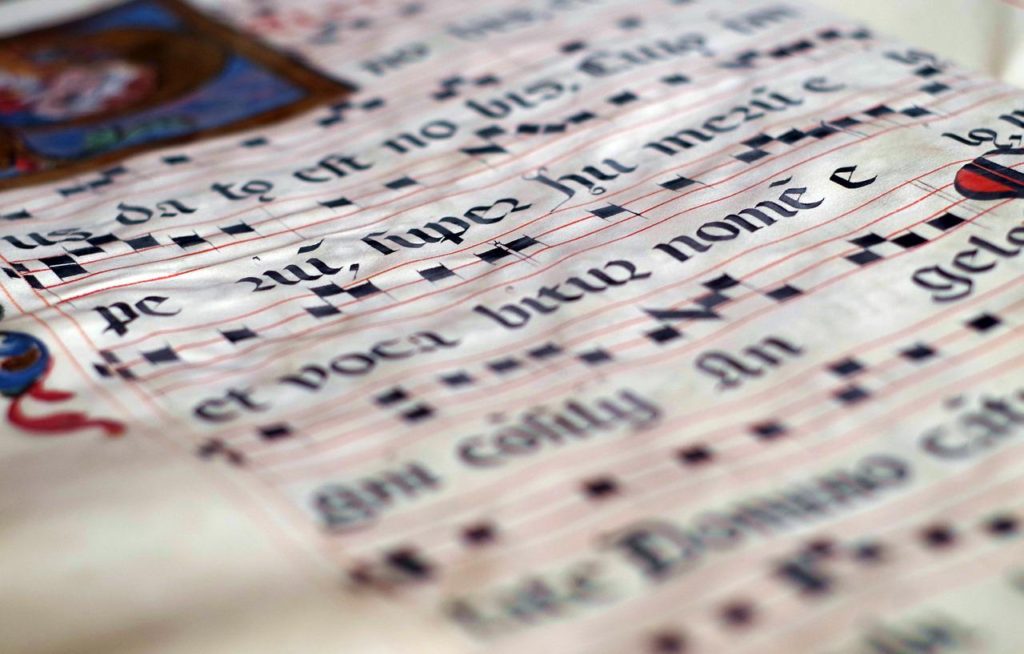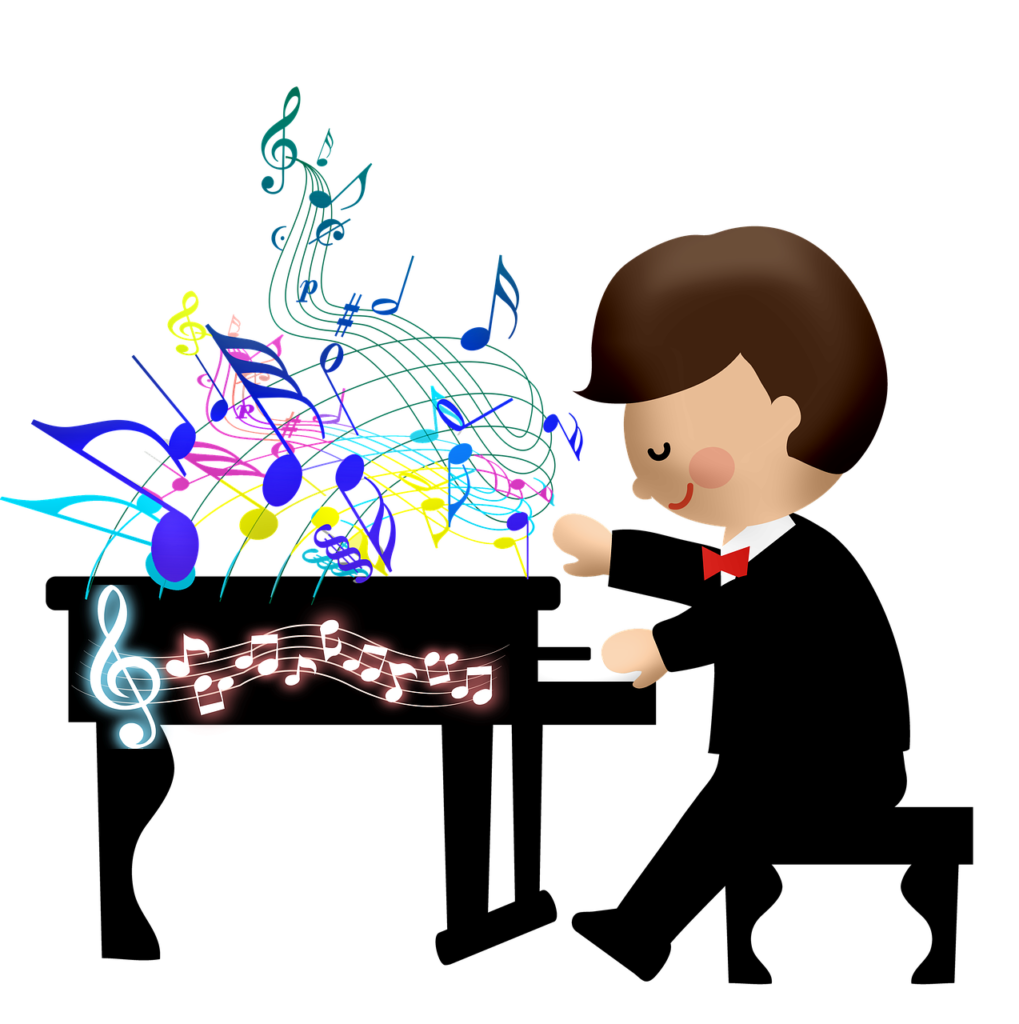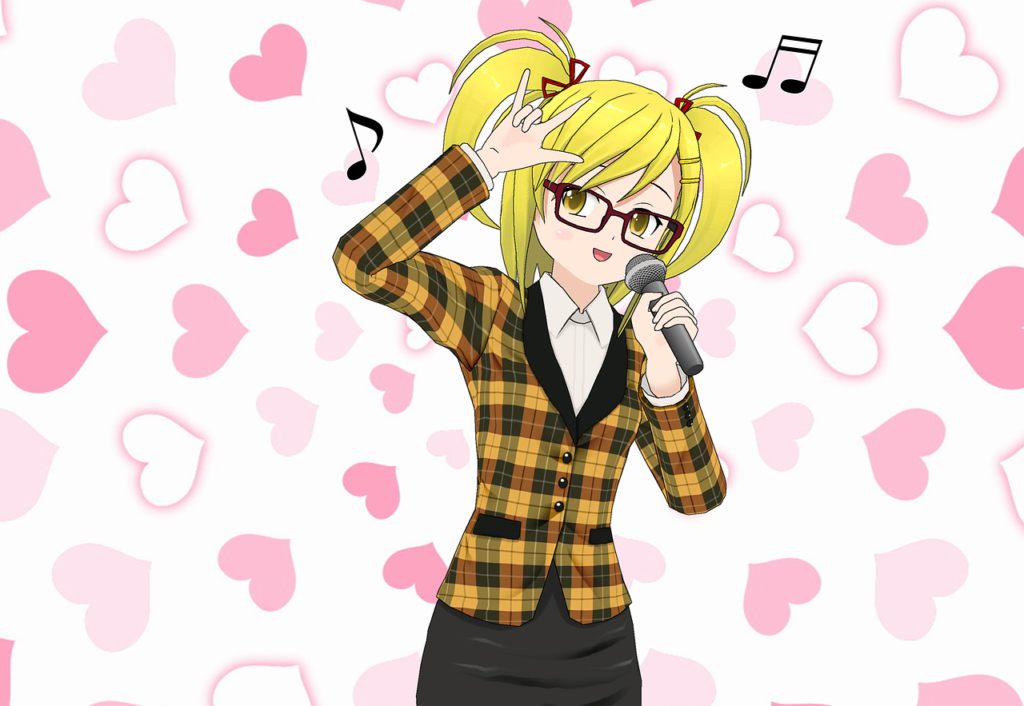ADD

The archive contains posts about teaching ADD students music.
ADD
A Deficit of Attention?
Do you want to know a secret about ADD? It is not a deficit of attention. In fact, students with ADD have excessive amounts of attention.
Sensitive to their surroundings, the person with ADD has problems with random stimuli. Namely, a ticking clock can become really distracting when a student with ADD tries to study.
If a noise suddenly happens in the room, it can become very hard for the person with ADD to ignore it. Because they have too much attention, everything grabs their focus.
This makes it hard for ADD students to keep to a task. It gets even harder when there are new and fun things to distract them.
Filtering Sensory Data
Sorting out sensory data remains an issue. However, what appears to be a self-control issue in school, can become an asset in the real world. Let me give you an example:

What color is the apple?
If you said red, look again. Does it just look red?
When you look closely, you can easily see many colors across the skin of the apple. Dark cloudy patches, white and yellow spots, and a brown stem all appear on the surface of the apple. If you said the apple looks red, then you unconsciously filtered out the other colors to quickly label it by its main hue.
This type of sorting does not come easily to students with ADD. Nonetheless, the talent to look beyond the simple label to see all of the colors that appear on the fruit remains a critical skill if you wish to correctly paint a picture of the apple.
Therefore, the student with ADD can easily connect together outwardly unconnected information, because they do not quickly filter out seemingly unrelated data. This tendency helps fuel their creativity.
Curiosity
Curious George always gets in trouble because of his curiosity. However, it turns out he would have made a good scientist (or he would if he was human).
Similarly, students with ADD often get in trouble for being distractible. However, they are also creative and interested in diverse topics of learning. They have a sense of curiosity about them, an important trait for scientists.
“One of the most important qualities of a good scientist is curiosity. Curiosity makes a scientist ask why things happen. It makes him or her eager to learn more or test an idea” (Spectrum Science Grade 3 8).
ADD students are observant. True, ADD students have a hard time with filtering. However, the flip side is that they may just discover something that no one else noticed before. Kinda like Einstein did with the speed of light.
Creating and interpreting music needs this type of curiosity and creativity as well.
© 2021 Geoffrey Keith
Back to the Successful Music Student Blogs page












